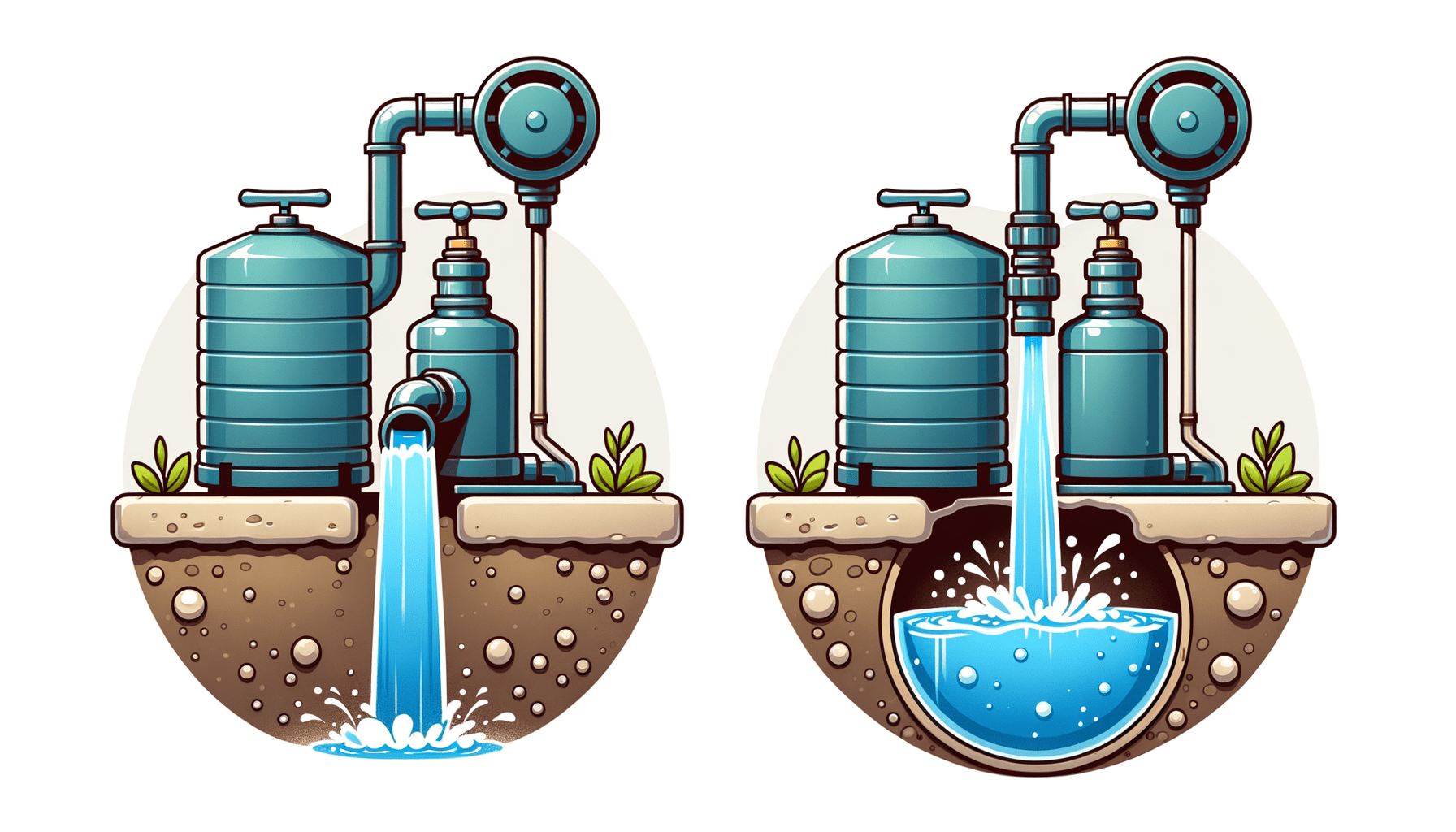Owning a rainwater tank can be an eco-friendly and economical way to get a steady supply of fresh, uncontaminated water. However, to maintain this asset, it’s necessary to understand your setup and ensure that your rainfall harvesting system, specifically your rainwater tank pump, is running smoothly. Let’s delve into how to identify and understand your rainwater tank pump’s operation and what to expect throughout its lifecycle.
Contents
Identifying Rainwater Tank Pump
Rainwater pumps work by using suction to draw water from the rainwater tank when you turn on a tap or shower. If your rainwater pump is functioning correctly, the noise level will usually be between 55 to 70 decibels – about the same as a regular conversation. Anything louder might indicate an issue with the pressure switch or blockage in the pipe.
Pumps should also be serviced every 2 to 3 years for efficiency and longevity, as experts from Plumbing Industry Climate Action Centre (PICAC) suggest. Sometimes, despite best practices, pumps may fail at a rate of less than 5% per year or experience efficiency loss by 5 -10% after several years of operation due to wear or buildup of sediments.
Key Features of Pumps
Understanding your pump’s key features is critical for optimal operation. The flow rate might vary between 20 to 100 liters per minute depending on the pump size and design. Residential water pumps commonly operate within a pressure range of 20 to 50 psi (pounds per square inch), which is crucial information for efficient utilization and maintenance.
Regarding energy usage, you may find that energy-efficient models use less than 1000 watts of power, while older or larger models may use more. The expected lifespan of your rainwater tank pump is typically between 8 to 15 years, dependent on maintenance and usage patterns. Regular checks and upkeep can further extend this lifespan.
Various Pump Options Available
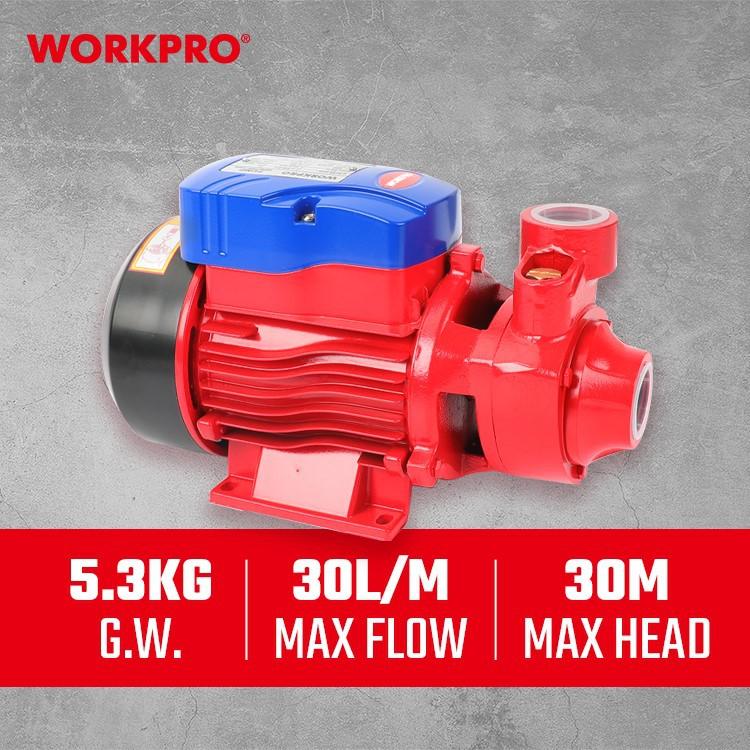
The market offers various choices for rainwater tank pumps, differing in aspects like discretion, efficiency, longevity, noise levels, prices, and performance specifications. Submersible pumps, for instance, are engineered to function underwater and are excellent options if you prefer a quiet pump hidden from view.
Alternatively, conventional surface pumps provide powerful operation and are usually cheaper than submersible counterparts. They can be noisier and less efficient but have the advantage of being easily accessible for maintenance and repairs.
Pump for Domestic Water
Every household has different water requirements, so it’s vital to select a pump that suits your specific needs. Domestic water pumps convert energy into hydraulic power to move water throughout your home’s pipes to supply taps and showers. The flow rate of your pump should align with the number of outlets in your home as well as peak usage times.
More hardcore usage might necessitate a pump with a higher pressure range (20 to 50 psi), ensuring consistent water flow even when multiple outlets are in use simultaneously. This ensures that everyone gets their morning shower without disruption.
Gardening With Rainwater Pump
A well-chosen pump can make all the difference to your garden. The best pumps for gardening are usually those with a flow rate high enough to deliver water where you need it but not so high that it overwhelms your plants or washing down areas. For lighter use, a typical household rainwater tank pump might suffice.
As gardening doesn’t require potable water, using a rainwater pump for watering your plants is an excellent way to preserve drinking water. It’s also helpful to the environment, as it diminishes the reliance on municipal water supplies, particularly in drought-prone regions.
Evaluating Your Pump’s Flow
Evaluating the flow rate of your pump allows you to optimize performance and monitor for potential issues. An underperforming pump might have a lower flow rate due to sediment build-up or malfunctioning parts. On the other hand, excessive flow might cause wasted energy and sudden surges in water pressure.
There are many ways to assess a pump’s flow yourself without needing professional equipment, such as timing how long it takes to fill a known volume of water or noting changes in equipment operations like speed or noise level. However, always consider seeking advice from professionals for an accurate analysis.
Rainwater Pump Operational Challenges
Like any piece of equipment, rainwater tank pumps can encounter issues. Maybe you’ve noticed less water spurting out of your tap, or perhaps your shower pressure isn’t what it used to be. These are signs that something might be amiss with your pump. Understand that rainwater tank pumps transform rainwater from idle standing water to easily accessible, pressure-controlled water for your household’s needs – for showering, watering the garden, filling up the toilet reservoir etc.
The pump is a complex piece of mechanical engineering and fluid technology. It works under specific pressures controlled by a pressure switch, and moves water through pipes and hoses with assistance from hydraulic power. Understanding the nature of these challenges is the first step towards finding a solution. Just remember: we deal with this sort of thing at Dan’s Plumbing every day, so don’t panic!
Solutions to Pump Problems
Pump problems may seem daunting but trust us; they can often be solved with minor adjustments or straightforward repairs. If your pump struggles to maintain pressure, it could mean that air has somehow entered into the system. You’ll need to check physical structures like the tank itself and its transparent materials, piping and taps. An air leak in any of these could be the source of your problem.
If your pump is churning without pumping out water (a situation aptly referred to as ‘pump cavitation’), you’re dealing with a different beast altogether! Cavitation happens when gases formed by accelerating liquid drop below the liquid’s vapor pressure. The solution to this problem might involve checking water levels, valves or even replacing pipes. Remember, as complex as it sounds, engineering solutions are readily available.
Troubleshooting Your Domestic Pump
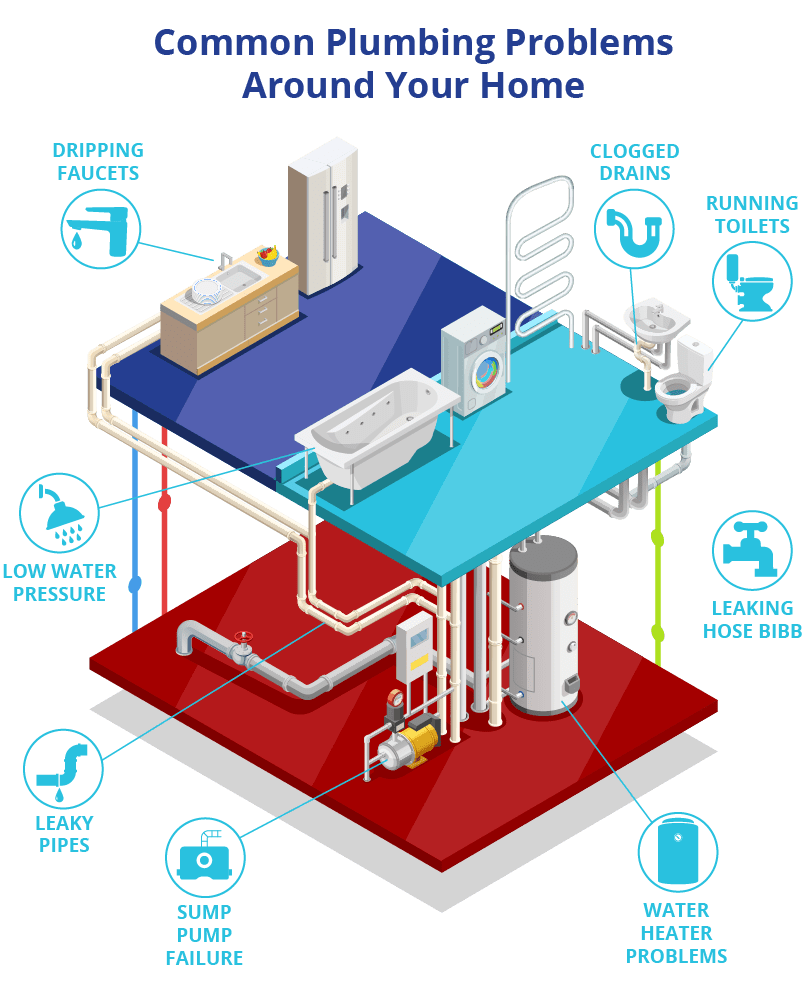
We’re here to empower you with some DIY knowledge. If you’re handy with tools, here’s how you can start troubleshooting your domestic pump. First, test it by ensuring adequate water is in the tank. If there is insufficient water, the pump may not function optimally. Next, inspect the power source – is it connected and functioning correctly? Also, check for any signs of damage in the pipes or valves, or whether they might be blocked in any way.
By regularly monitoring your system’s construction and operation, especially its hydrology elements, you can prevent potential issues from escalating. The solutions lie in regular maintenance: clean filters, check pressure switches regularly, keep pipes crack-free, and ensure everything is properly sealed. Civil engineering practices and building engineering principles are as applicable to your home’s plumbing as they are to towering skyscrapers – treating them with the same respect can prevent problems before they happen.
The Way Forward
Don’t forget that at the heart of a rainwater tank pump system lies environmental engineering; a way to harness nature’s provision of water to reduce our stress on mains water supply. By cleverly utilising energy technology to drive these pumps, we save valuable resources while ensuring an uninterrupted water supply.
One might argue that the future of domestic water supply lies in such solutions; tapping into rainwater is just one of many alternatives to sourcing from traditional supplies. But remember, like any manufactured goods or equipment, these complex systems require careful handling – but with a little knowledge and some handy tools, you’re more than equipped to deal with any issues they might throw at you!
In Summary…
In conclusion, properly maintaining your rainwater tank pump requires understanding how it functions as part of your home’s entire system. From plumbing basics to in-depth equipment management, staying informed is key. Feel confident knowing that you’re making an impact on environmental sustainability while maintaining a smoothly running household. And remember, when faced with a plumbing puzzle, Dan’s Plumbing is always here to help – we’re just a call away!
- Can I Get a Plumber to Help Me Install An Under Sink Water Boiler in Our Office Kitchen? - September 14, 2024
- Can a Plumber Help Me Clear a Badly Clogged Toilet? - September 4, 2024
- Can a Plumber Help Me to Replace a Bathtub Drain Stopper? - August 29, 2024
Related posts:
 Are Plumbers Able to Fix a Running Toilet Tank And What Are The Common Causes?
Are Plumbers Able to Fix a Running Toilet Tank And What Are The Common Causes?
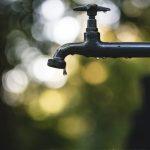 What Should I Do If My Pipes Are Making Noises?
What Should I Do If My Pipes Are Making Noises?
 Can a Plumber Help Me If My Water Pressure Is Low? Or Might That Be a Council Water Supply Issue?
Can a Plumber Help Me If My Water Pressure Is Low? Or Might That Be a Council Water Supply Issue?
 How Do Plumbers Locate Hidden Water Leaks in Australian Homes?
How Do Plumbers Locate Hidden Water Leaks in Australian Homes?
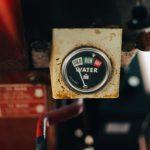 Should I Adjust The Temperature On My Sydney Hot Water System?
Should I Adjust The Temperature On My Sydney Hot Water System?
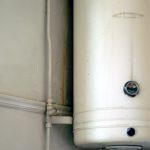 What Should I Do If My Hot Water Service Is Leaking? Is It Time For a Plumber to Replace The Whole System?
What Should I Do If My Hot Water Service Is Leaking? Is It Time For a Plumber to Replace The Whole System?

